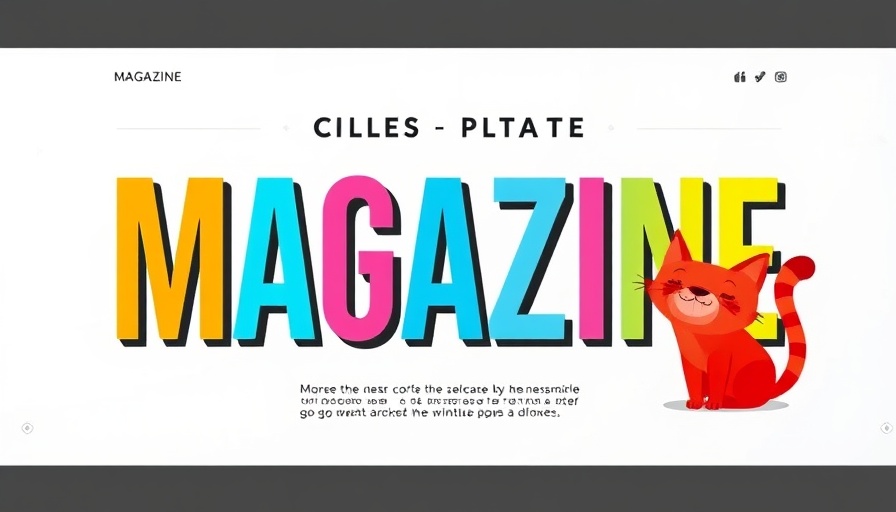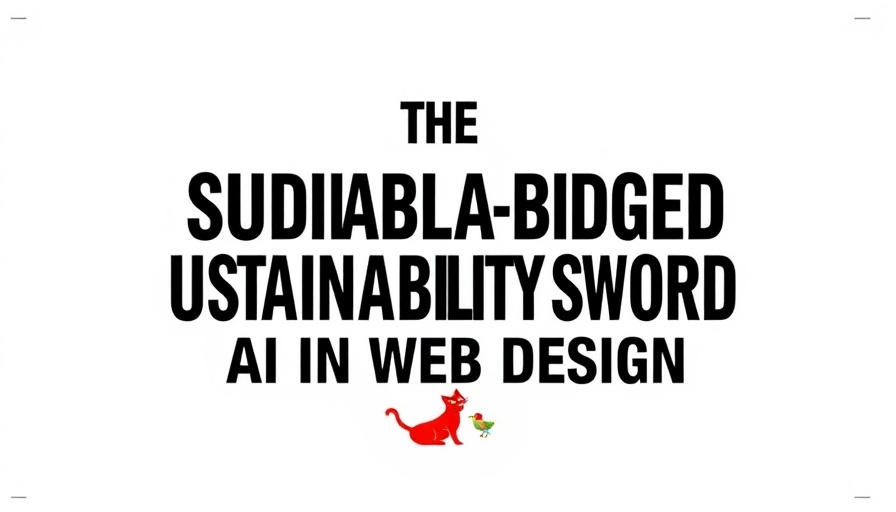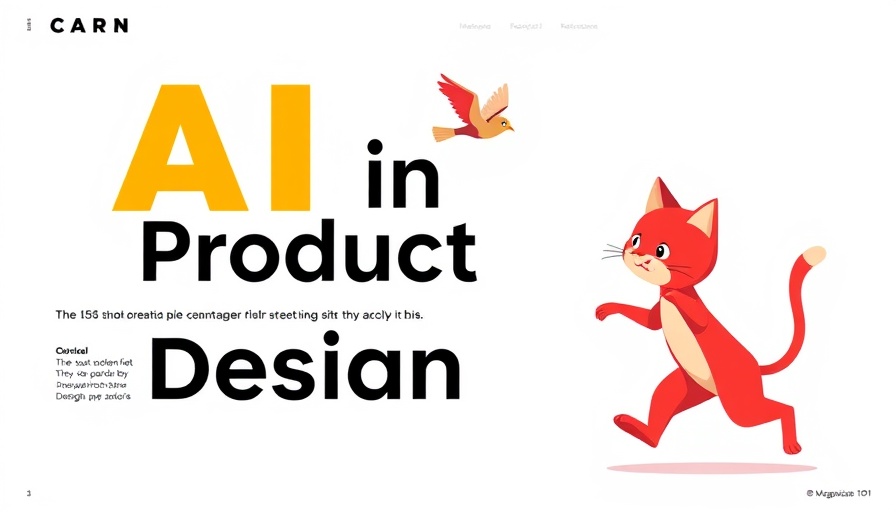
Understanding the Importance of PWAs
Progressive Web Apps (PWAs) serve as a bridge between traditional websites and native mobile applications, offering users a hybrid experience that can streamline functionality and user engagement. As these web applications become more prevalent, understanding how to optimize them for different display modes is crucial. This ensures a seamless user experience that feels natural and intuitive, regardless of how the app is accessed.
Navigating Display Modes: What You Need to Know
PWAs can operate in various display modes, each tailored to enhance user experience significantly. The available modes include:
- Fullscreen: Engaging users fully by removing all browser UI elements.
- Standalone: Mimicking native apps while still retaining some system UI features like the status bar.
- Minimal-ui: Displaying only essential browser elements for a streamlined approach.
- Browser: Delivering the complete web experience as seen in traditional browsers.
Choosing the right display mode is more than a stylistic choice; it can greatly impact functionality. For example, opting for fullscreen may create immersive experiences but also removes critical features like back buttons or direct page refresh options, which are typically taken for granted in traditional web browsing.
Media Queries: A Developer's Best Friend
Adjusting the PWA’s appearance according to the display mode can be accomplished effectively through CSS media queries. Most developers are already familiar with media queries for responsive design; however, utilizing the display-mode feature opens up new avenues for customization. By targeting specific display modes, developers can enhance user experiences based on how their app is deployed. For instance, while a form may look great in standalone mode, ensuring it retains usability in fullscreen mode requires adapting styles to highlight essential functions like navigation shortcuts.
Addressing Usability Issues
When opting for more immersive display modes, usability issues may arise that could frustrate users. For example, users may find themselves in a convoluted form with no escape route, potentially leading to a poor user experience. To combat this, developers should implement effective user feedback mechanisms, such as clear action buttons or a help feature. Ensuring that users maintain access to fundamental functions, such as sharing or navigating back within the app, can alleviate frustration and keep the flow of interaction dynamic.
Looking Ahead: The Future of PWAs
As the web evolves, the capabilities of PWAs are expected to expand further. New advancements in browser technology will likely allow for even more sophisticated interactions within varying display modes. Keeping abreast of these changes, and continuously iterating on design to match user expectations, will be critical for developers aiming to keep their PWAs competitive and user-friendly.
As users increasingly demand fluid experiences that blend the best of web and native apps, optimizing PWAs for different display modes becomes not just beneficial, but essential. By understanding these dynamics and designing with user experience in mind, developers can ensure their applications remain both functional and enjoyable to use.
Stay tuned to developments in PWA technology and consider how you can harness these insights to enhance your own projects.
 Add Row
Add Row  Add
Add 




Write A Comment